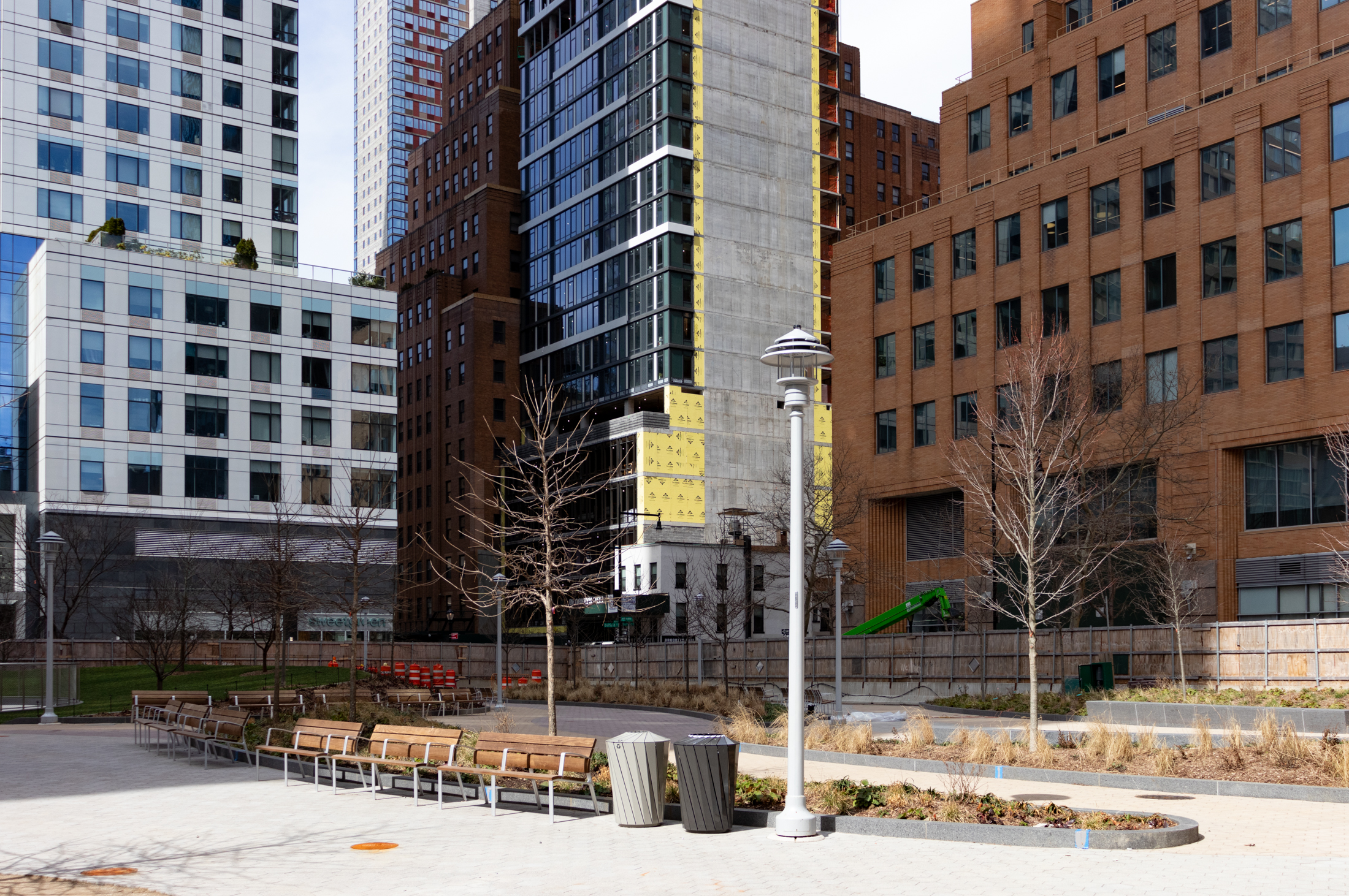Building of the Day: 291-299 State Street
Brooklyn, one building at a time. Name: Row houses Address: 291-299 State Street Cross Streets: Smith and Hoyt Streets Neighborhood: Downtown Brooklyn Year Built: 1871 Architectural Style: Italianate Architect: Michael Murray (builder/architect) Landmarked: Yes, individual landmarks (1973), National Register of Historic Places (1980) The story: These houses are interesting and important for a number of…

Brooklyn, one building at a time.
Name: Row houses
Address: 291-299 State Street
Cross Streets: Smith and Hoyt Streets
Neighborhood: Downtown Brooklyn
Year Built: 1871
Architectural Style: Italianate
Architect: Michael Murray (builder/architect)
Landmarked: Yes, individual landmarks (1973), National Register of Historic Places (1980)
The story: These houses are interesting and important for a number of reasons. In 1973, the Landmarks Preservation Commission designated the twenty-three 19th century houses that stand on both sides of State Street, between Smith and Hoyt Streets. Although they are informally called the “State Street Houses,” in a rare move, this block was not declared an historic district, but each of the houses was issued a separate designation report, and each, technically, is an individual landmark. Today’s BOTD’s are the only five houses that appear on the north side of the street.
Originally, there were nine more houses here on the right, and probably another fourteen or so, going towards Smith Street. This stretch of State Street, progressing down towards Flatbush, was considered part of the development of Boerum Hill, which started in the 1840s, as Brooklyn expanded out from the riverfront and the Heights. Like much of Brooklyn, this started out as farmland, land that belonged to Dutch families whose names now sound like an atlas of Brooklyn street names. The south side of State Street was part of the Jacob Van Brunt farm, willed to his daughter Jane, who was married to Samuel T. Gerritsen. State Street was originally called Gerritsen Street. In 1833, Charles Hoyt and Russell Nevins bought the Gerritsen farm, and began developing it.
By the 1840s, the farms were fast disappearing, as development began in earnest, all spurred on by the growing number of middle class and professional people who needed and wanted homes close enough for their commutes to Manhattan or Downtown Brooklyn. The earliest homeowners in these houses were several wholesale grocers, as well as dentists, lithographers, and liquor merchants and a well to do widow, among others.
The south side of State developed first. The Greek Revival houses there date from 1847, with later Greek Revival mixes and Italianates being built up to and after the Civil War, up until the mid-1870s, when the neighborhood’s lots were all filled. On the north side of the street, the development was a bit later, probably due to the fact that the land was not for sale until that time. Michael Murray, a builder and developer bought the property on the north side from William Schermerhorn, one of the area’s oldest and wealthiest Dutch landowners. Murray got one parcel in 1872, and another, two years later.
He began building 289-295 in 1872. (289 is now gone.) At the time, they were the only houses on the block. 297 and 299 were built in 1874. All five houses are identical, and represent fine examples of the late Italianate style, and help give the block its stately character. The original facades are all remarkably intact, and considering the fate of the rest of this side of the block, that is truly remarkable.
By the time this block was being investigated for landmarking, Downtown Brooklyn was losing revenues and its streets were losing buildings. Parking lots were replacing row houses and flats buildings. The commercial buildings in the area, once warehouses and small factories for the successful retail businesses on Fulton Street, were almost all gone, giving rise to really substandard city agency buildings or parking lots. Landmarking this block in 1973 prevented it from being further destroyed, and stabilized the neighborhood, leading to more preservation efforts across Atlantic Avenue in Boerum Hill, Fort Greene and elsewhere. Today, the parking lot to the left of these houses is once again filled with homes, and is the site of the fourteen new townhouses begun in 2005. GMAP
(Photo: Beyond My Ken for Wikimedia Commons)











What's Your Take? Leave a Comment